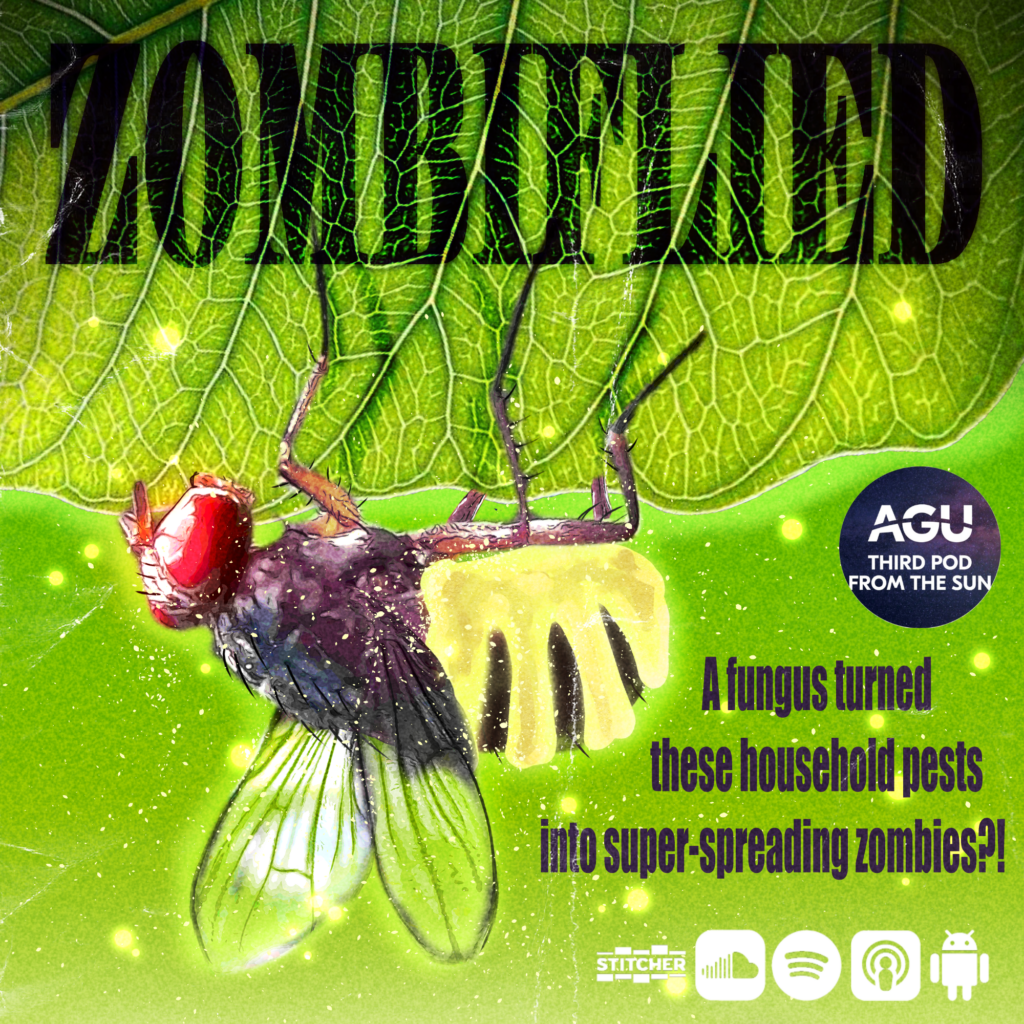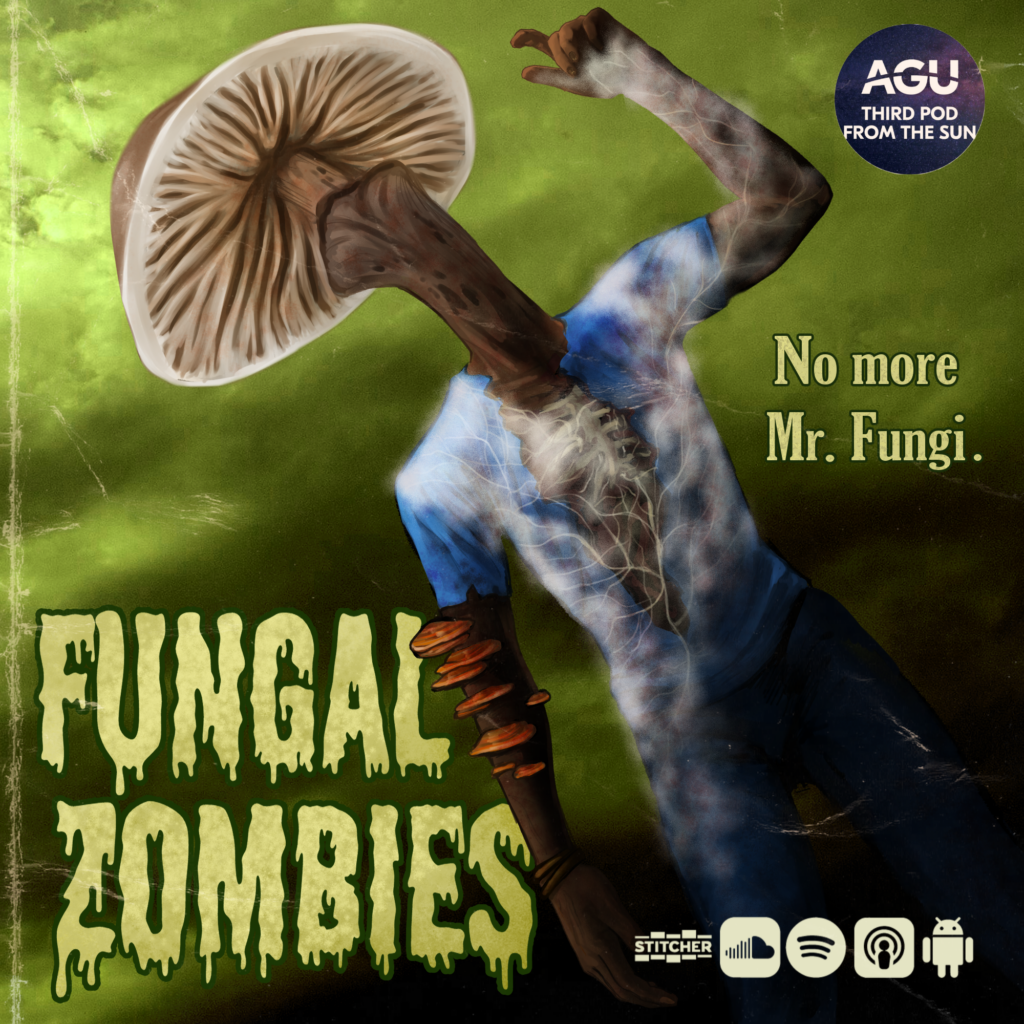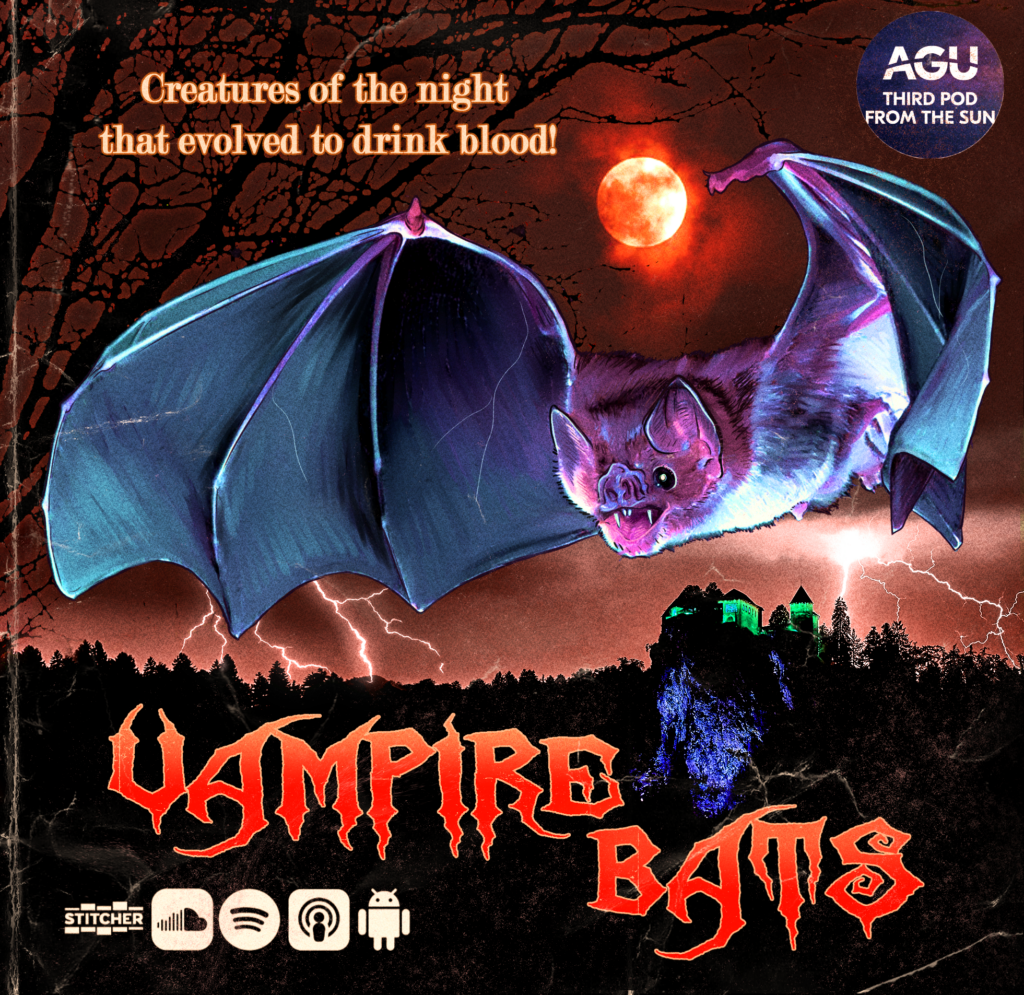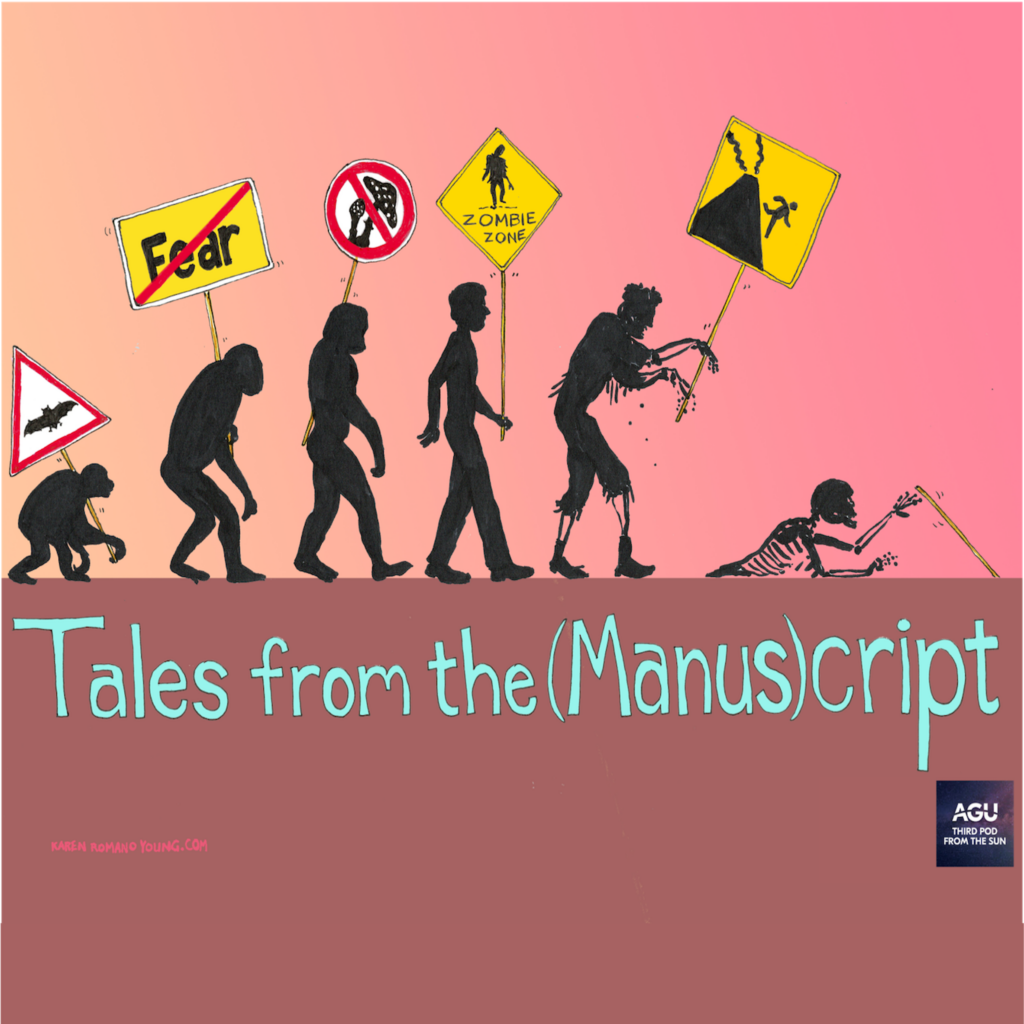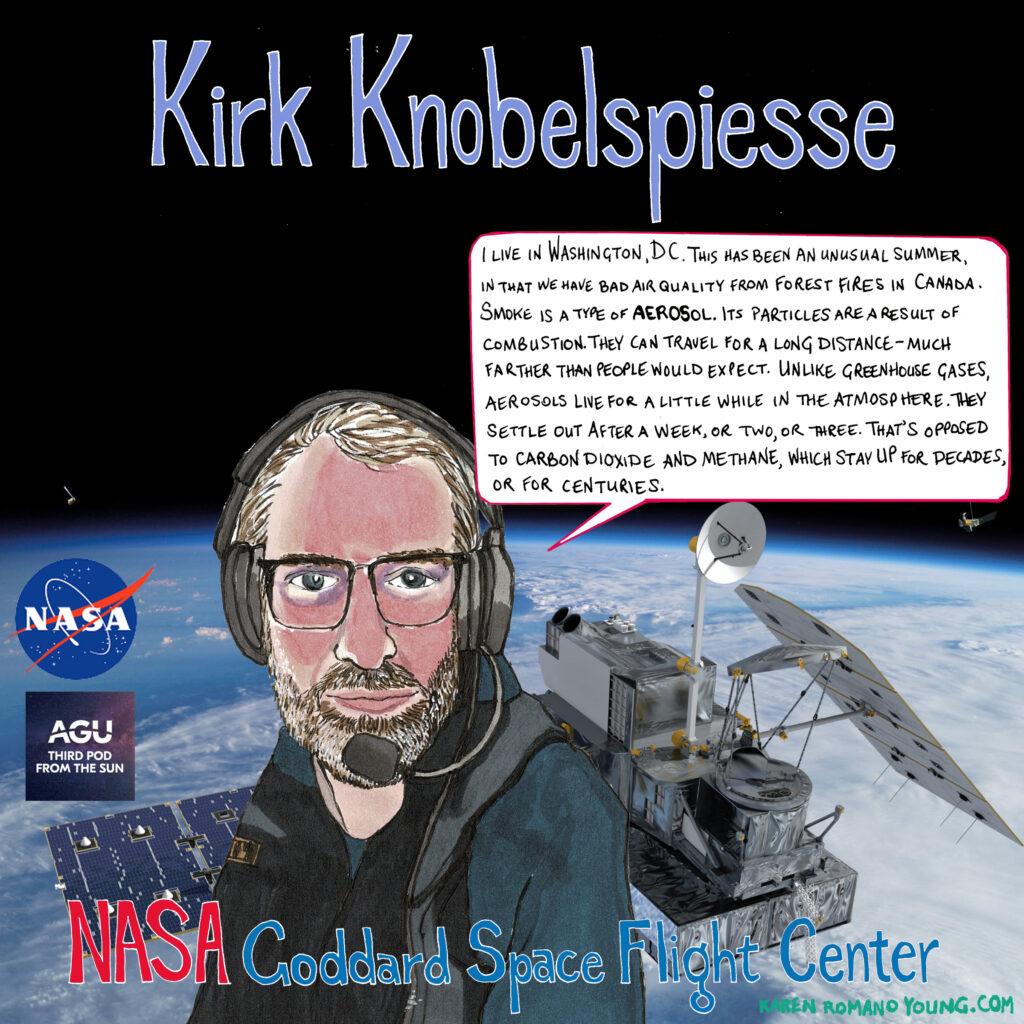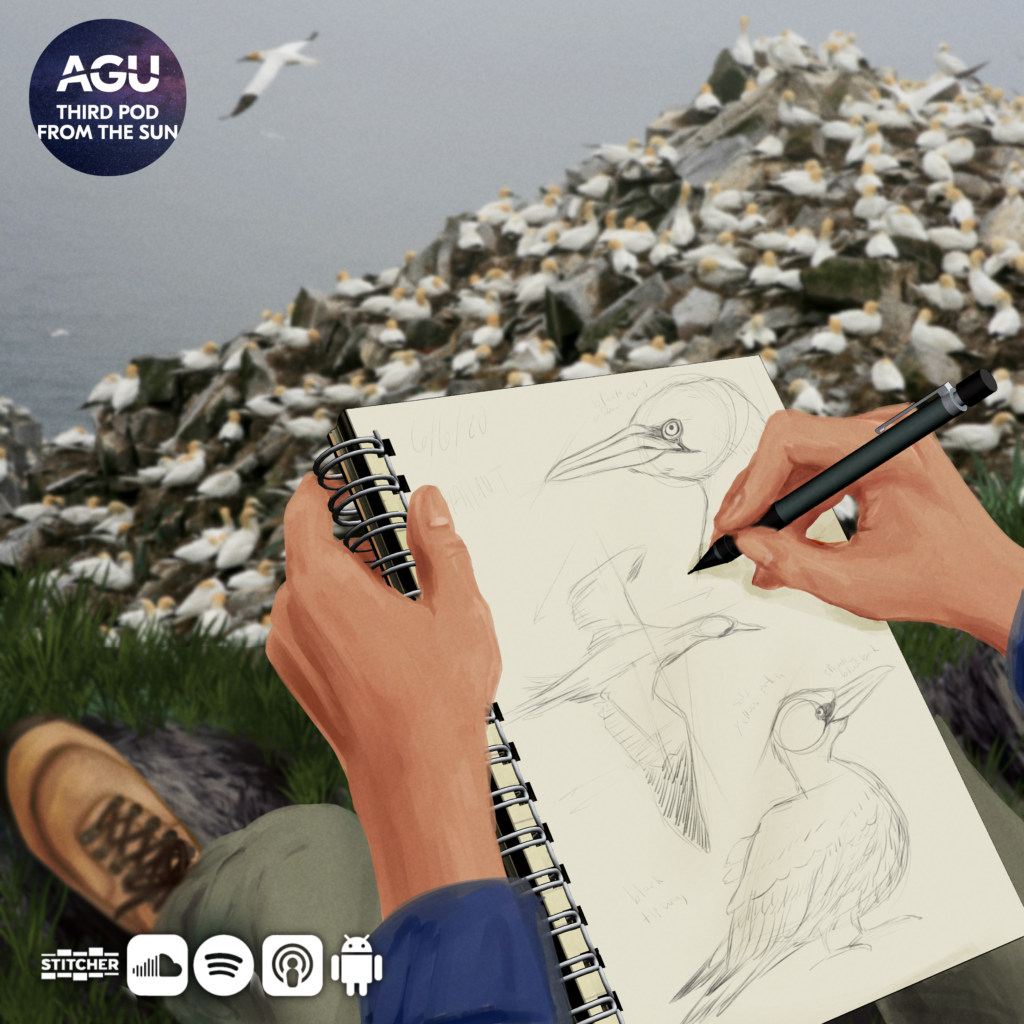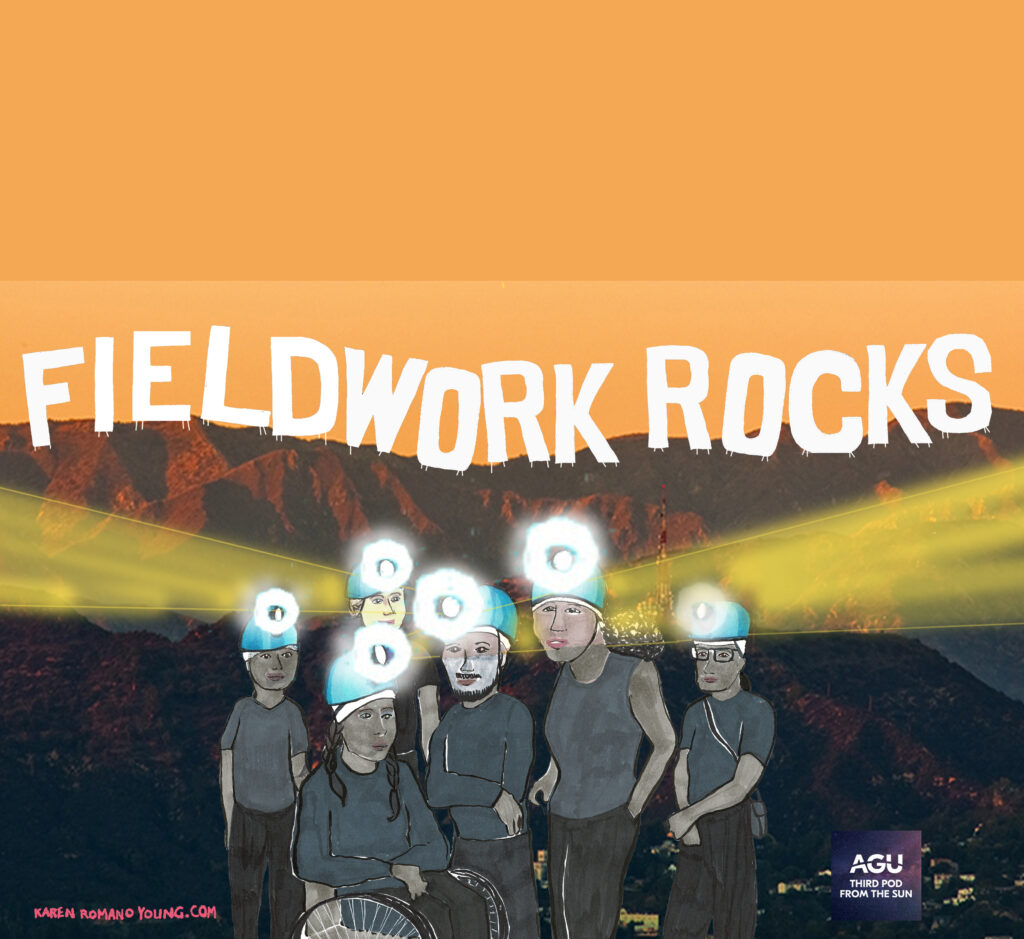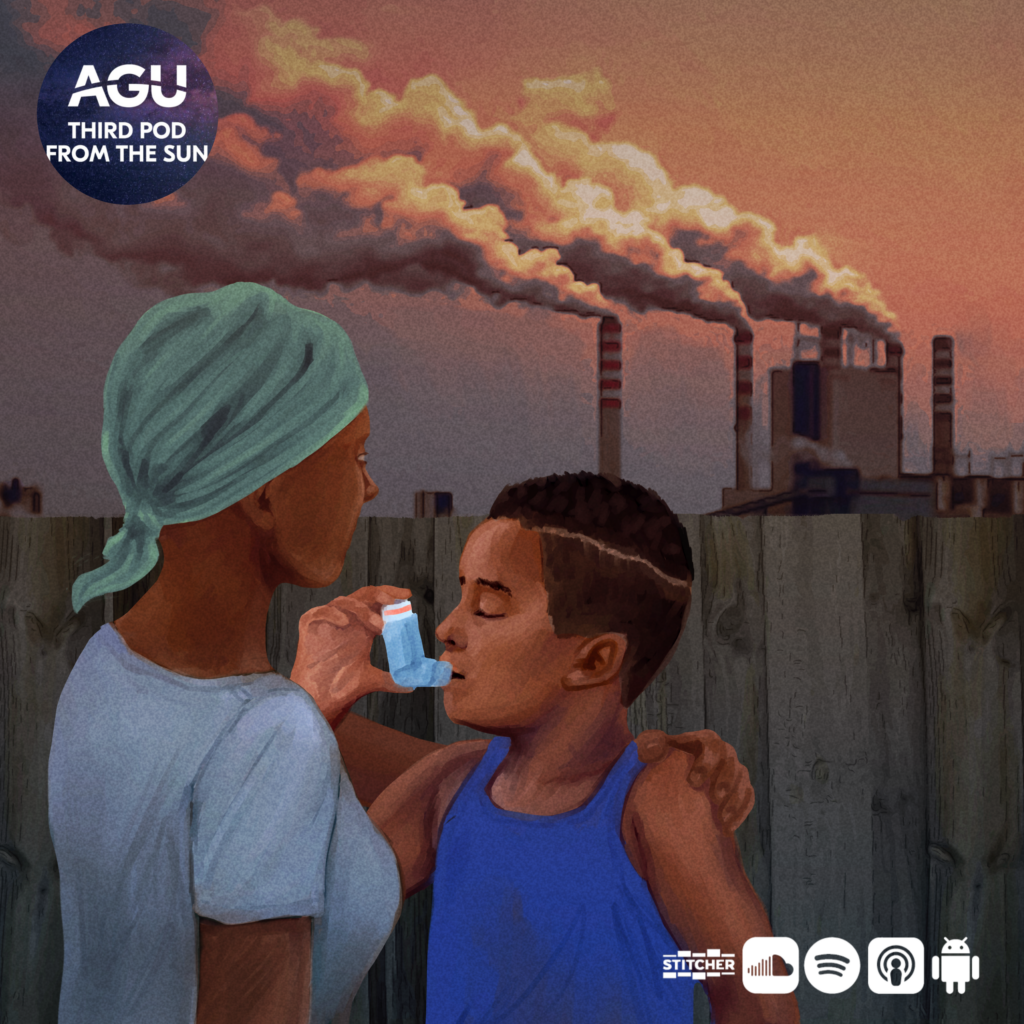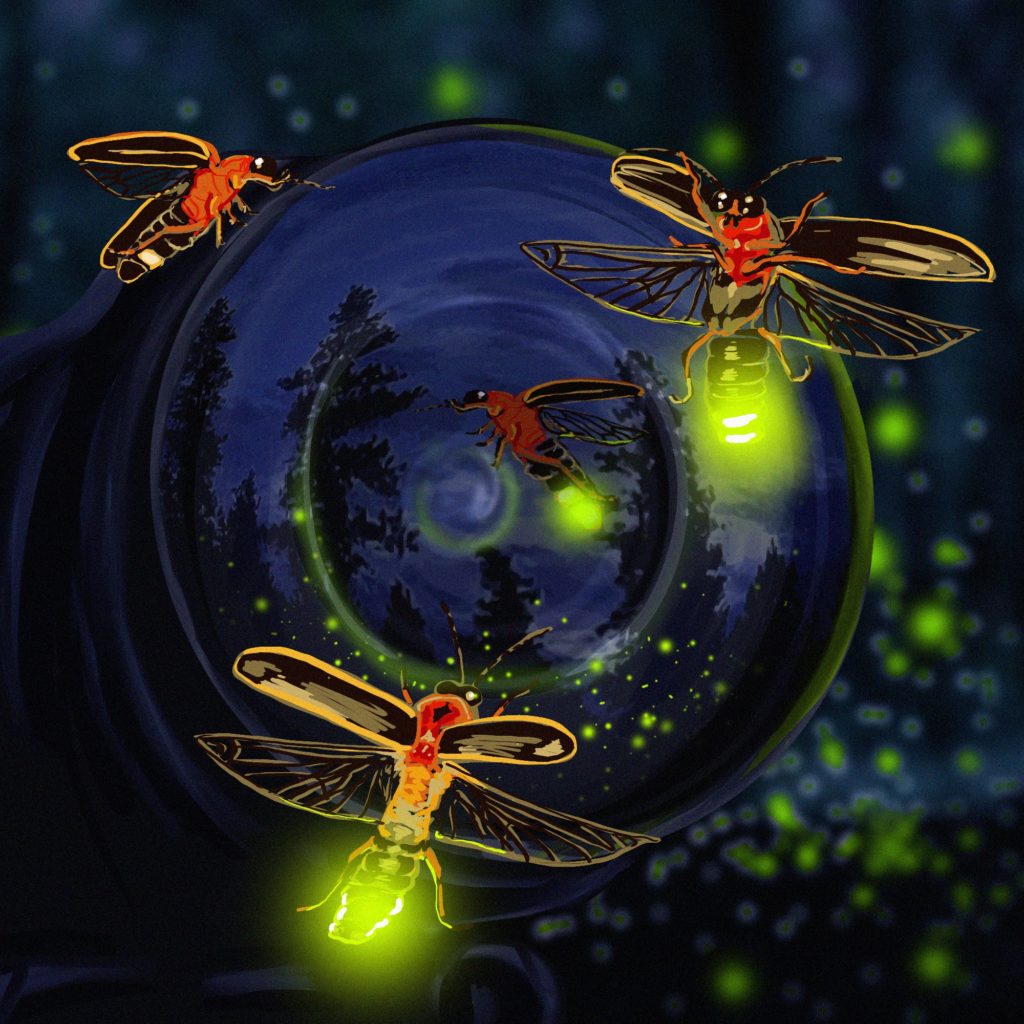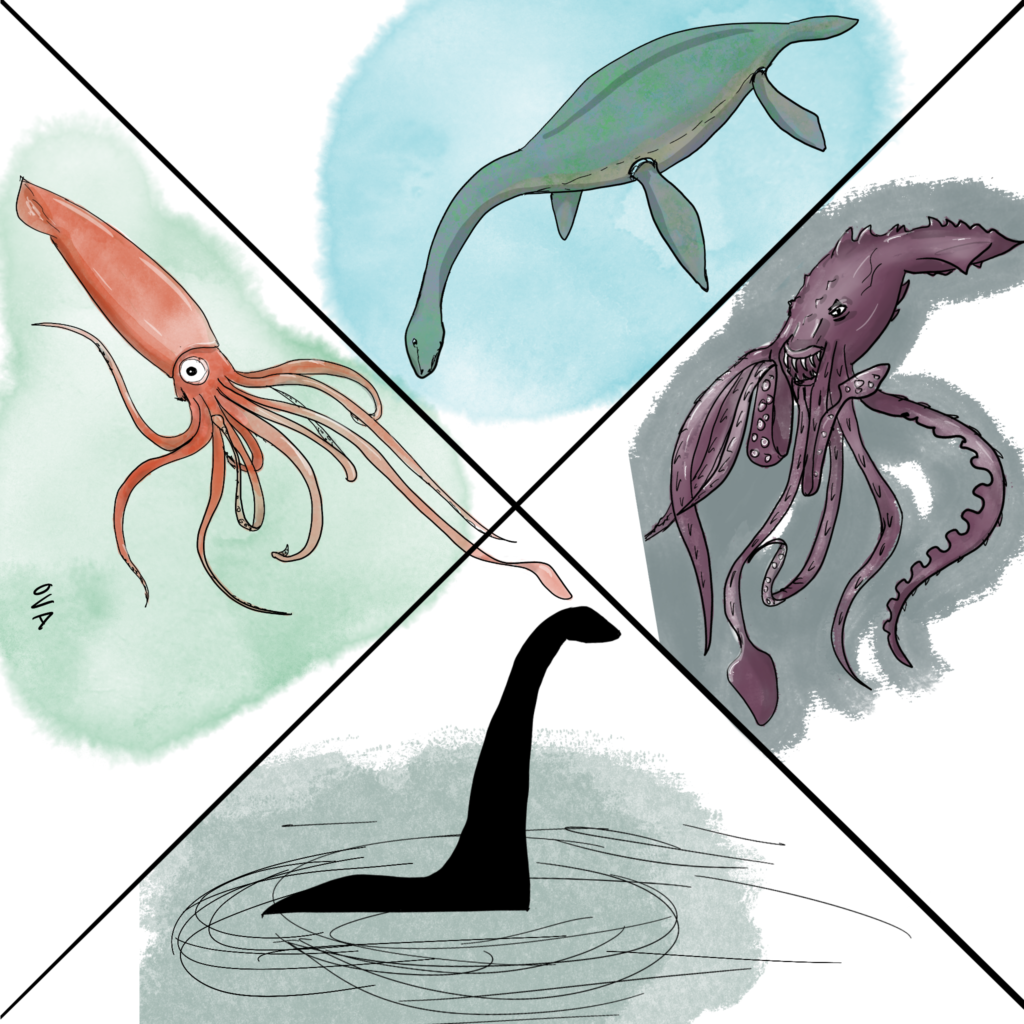Biology
Tales from the (manus)crypt: Zombie-making fungi
Carolyn Elya is the Zombiologist in Chief, aka incoming Assistant Professor in Molecular and Cellular Biology at Harvard University. She’s been obsessed with parasites for a while, but it was the flies zombified by a fungus that made them climb, perch, and died that really caught her fancy.
Read MoreTales from the (manus)crypt: Mind-controlling mushrooms
The video game and TV show “The Last of Us” captivated audiences with the concept of a fungal pandemic. The story is set in a world ravaged by a fungus that infects people and turns them into zombies. But what’s the likelihood a human fungal pandemic could happen?
Read MoreTales from the (manus)crypt: Evolved bloodsuckers
We’re diving into the intriguing world of vampire bats and their unique genetic adaptations to a blood-based diet. Shenglin Liu is a researcher at the Senckenberg Natural History Museum in Frankfurt, Germany tells us that vampire bats have evolved specialized traits, from teeth modifications to brain enhancements, to thrive on a diet of blood.
Read MoreTales from the (manus)crypt
It’s that time of year again! For many of us, temperatures are cooling, leaves are changing, Pumpkin Spice Lattes are…latte-ing. While that all sounds lovely, it’s also spooky season, and we’re celebrating with a special series we’re calling, Tales from the (manus)crypt.
Read MoreInvisible forces: Through the cloud of atmospheric aerosols
If you’re a scientist in an oceanography department, you’re probably studying the ocean, right? Well, part of your job might be studying things like phytoplankton, the tiny oceanic powerhouses that play a crucial role in our planet’s ecosystem. But how about clouds? Oh, and the properties of light, too?
Read MoreFieldwork rocks: Picturing science
Joris De Raedt, a passionate scientific illustrator dedicated to capturing the beauty and significance of nature through his art, strives to foster a deep connection between people and the fauna and flora that inhabit our world. Despite utilizing modern tools like a graphic tablet, his illustrations pay homage to a timeless style of documenting the natural world.
Read MoreFieldwork rocks
It’s that time of year again where many scientists head out into the field, from far-flung locations to local backyards. In recognition of the lengths that some scientists go to to get answers to questions that only the field can provide, we’re sharing stories of science from quaking earth, to roaring winds, to choppy seas, and beyond!
Read MoreSolving for climate: (Health and safety) in (climate) numbers
We’ve all probably heard about how climate change is affecting the ice sheets and polar bears, but what about human health? More severe and numerous floods, droughts, and heat waves impact a wide range of health outcomes, and shifting biomes may spread diseases to new places. How do scientists understand which portions of health effects are caused by climate change, and how can health organizations be prepared?
Read More29-Fire: Lighting the skies with fireflies
Did you ever wonder how random flashes of fireflies gradually acquire synchrony? Studies have shown that this surreal coordination of twinkling occurs through a natural cadence among certain species of fireflies during the mating season.
Read MoreHalloween special: Nessie & the kraken
We’ve all heard stories about fantastical creatures that people swear they’ve seen and have evidence of but can never be confirmed. Think Bigfoot or the Loch Ness monster. Mermaids or the Kraken. While there’s no evidence backing the existence of these creatures, either in present day or at any point in the past, there must…
Read More
